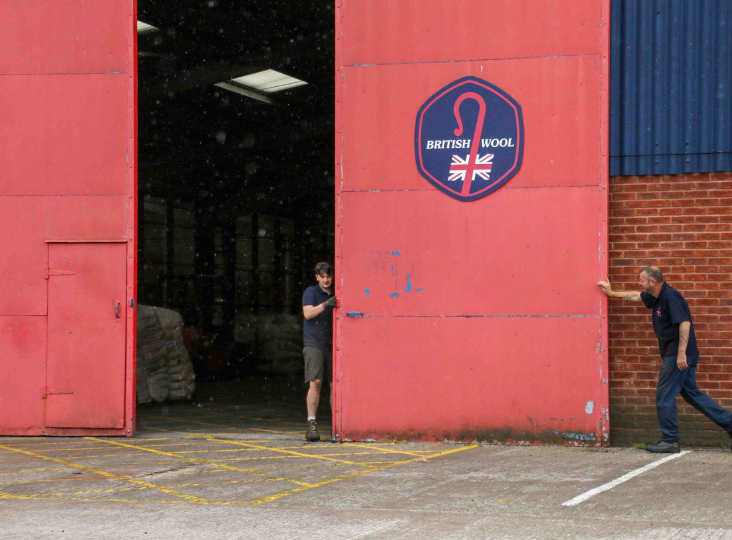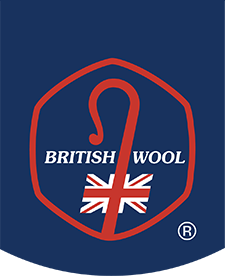Providing a high level of service to all members
British Wool Depot Network
British Wool has a comprehensive nationwide network of depots and drop off points, making it easy for members to send their wool to us.
Including our seven Grading Depots there are 100+ locations within England, Scotland and Wales for our members to deliver their wool.
Billy Hewitson Head of Operations said “Not everyone lives close to one of our grading depots, so to provide a convenient service to all, we have a network of intermediate depots and collection sites located across the UK. Wherever possible we have a drop off location within one hour’s drive of any member.”
To find your nearest drop off location to deliver your wool look on our website https://www.britishwool.org.uk/ and in the Farmer Member section under the Depot Network tab you will find your nearest drop off location. There is an easy-to-use depot locator that you simply enter your postcode, which will provide all the locations where we receive wool in your area.
British Wool members have the option of delivering their wool to one of our depots / drop off sites or have their wool collected from farm by one of our hauliers. If you require your wool collected, your local grading depot will be able to put you in contact with the haulier that covers your area.
Deliveries to British Wool grading depots or approved drop off sites will incur no onward carriage charge however, a transport charge is applied for each sheet collected from farm by British Wool approved hauliers.
Packing
Wool should be delivered to British Wool in wool sheets. These will be distributed by your local depot ahead of the new wool season. If you require any information regarding wool sheets, please contact your local depot directly.
Members will also benefit from packing more wool into each sheet. By packing your wool into fewer sheets, you support British Wool in having an efficient and cost-effective depot process All this supports our main objective of improving returns to our members.
We advise that:
- Sheets are packed as full as possible however over filled sheets are difficult to handle and stack therefore, we recommend you fill your sheets evenly with a single fleece width in the sheet.
- Use of a packing frame can help ensure that all sheets are evenly packed. These can be purchased from British Wool or improvised using a couple of farm gates / hurdles.
- Where possible, pack fleeces from different breeds and types separately to avoid cross contamination and a reduced wool value.
- Keep mountain/hill wool and lowland wool separate. Kemp from hill wools can cause cross contamination and spoil lowland fleeces. Don't mix coloured wool with white wool as this will contaminate white wool. Also, separate wool from hoggs, ewes and wethers. This doesn’t mean you have to have extra wool sheets, fleeces can be placed in a clean bag within the same wool sheet to minimise handling and storage costs.
- Do not mix oddments with fleece wool. Roll fleeces properly. Only fleeces which are rolled can be graded and paid for at fleece wool prices. Unrolled wool has a lesser value and will be paid at a much lower rate.
Labels
Every year British Wool handles approximately 24 million kg of wool, in half a million wool sheets, from almost 35,000 members.
As such it is essential that all wool is clearly labelled - all wool sheets should be clearly labelled with the following:
Member name
Address
Membership number - this is a unique seven-digit number for each member.
Sheet labels are provided for this purpose with the wool sheets. One label should be attached to the outside of each sheet and another inserted inside the sheet with the wool.
If your wool is not clearly identifiable it is much more challenging for British Wool to ensure that you are paid correctly.
Back to Blogs


